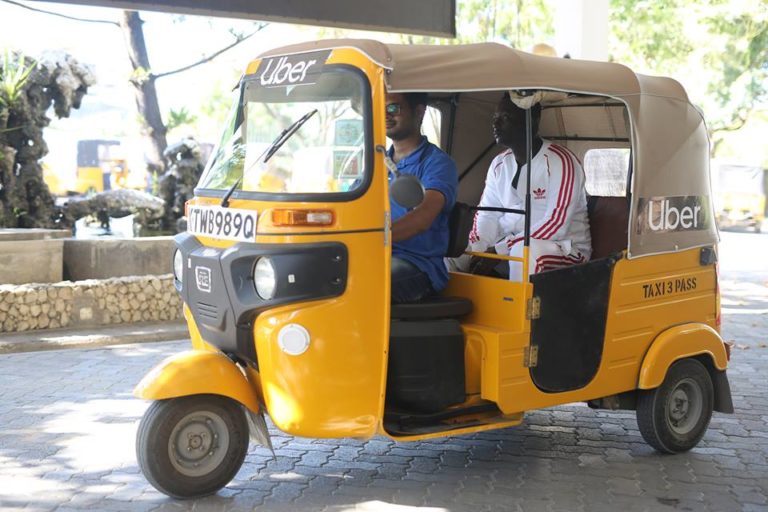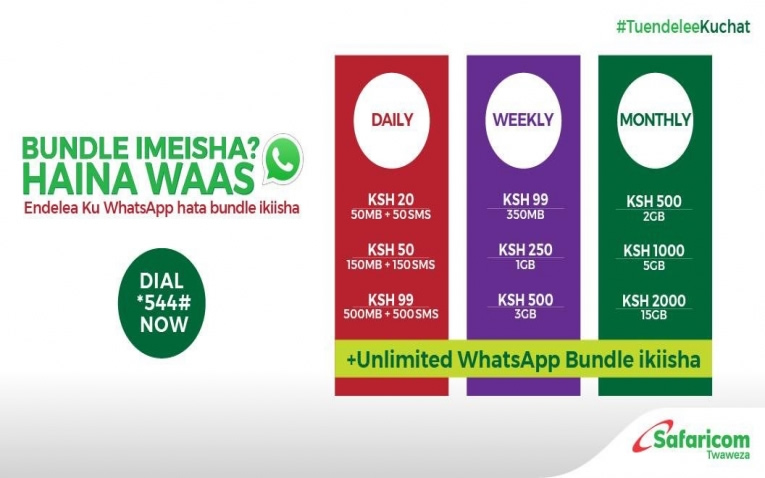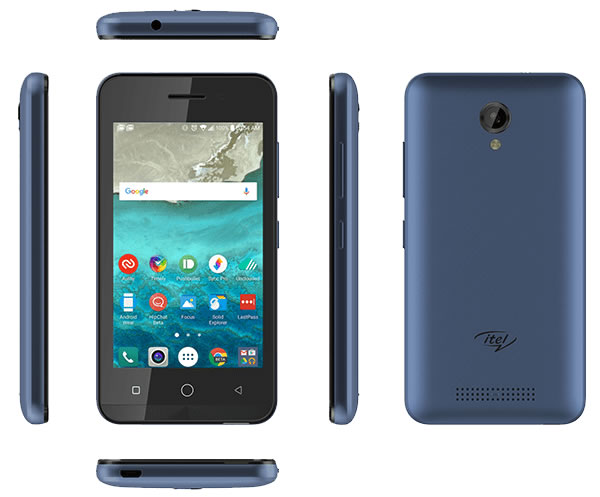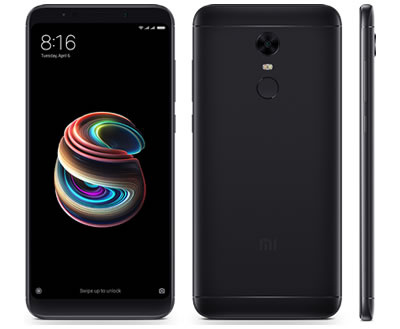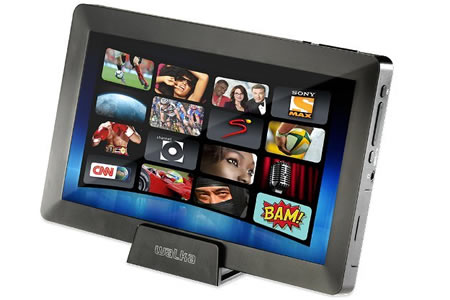Ever since the so called Mobile Money Interoperability was launched here in Kenya, most of us haven’t actually taken advantage of the opportunity it poses. The idea is to have money transferred seamlessly from one operator to the other. We all acknowledge that not a single mobile operator has everything we need, for example I prefer the low calling tariffs from Telkom Kenya, but I would still like to have Safaricom’s Mpesa to do transactions. From sheer lack of knowledge to simply lacking relevant information, I have compiled important info for those who’d need send money from their Mpesa accounts to T-Kash.
Affordable uberPOA rides via TukTuks now available in Mombasa courtesy of Uber Kenya
Talk of affordability or accessibility, Uber Kenya is yet to break even since the taxi hailing service was unveiled in Kenya for various fundamental reasons. Although the service is relatively affordable compared to traditional taxi service providers in Kenya’s capital Nairobi, common ‘mwananchi’ depending on minimum wage still cannot afford it. To mitigate the cost, uber competitors such as taxify and Safeboda unveiled a hailing service that utilizes popular motorbikes in Nairobi.
Its therefore only reasonable to take the service where the so called common ‘mwananchi’ can afford and is well accustomed to. Taxify did it with the motorbike boda’s and seems to be doing just fine; why not Uber? Especially in Mombasa where there’s still some room to breathe compared to Nairobi in terms of competition. ‘TukTuks’ are not particularly popular here in Nairobi Kenya, but they are adored in our coastal city of Mombasa. The service ‘uberPOA’ therefore combines affordability and accessibility to offer people in Mombasa a solution that resonates well with them.
According to uberPOA, riders in Mombasa will no longer have to walk searching for their rides. This basically means the service will be more accessible more than before after bringing tuktuk onboard. Just like the way UberChachap works here in Nairobi, uberPOA will become an option in riders uber app alongside uberX.
Cost schedule for uberPOA via tuktuk
- Base fare is set at – Kenya shillings 10
- Minimum fere – Kenya shillings 50
- Fare per Kilometere – Kenya shillings 15
- Fare calculated per minute – Kenya shillings 3
uberPOA is currently only available in selected areas within Mombasa; this includes Mombasa Island (Town), Nyali, Mkomani, Kongowea, Kisauni, Bamburi. When requesting your uberPOA, your pick-up and drop-off points have to be within the current service area. Uber says these areas will be expanded soon enough to serve even more people in Mombasa.
How to use uberPOA
- Open the Uber app and set your destination within the service area by typing in the “where to” field
- Select uberPOA vehicle icon at the bottom of the screen
- Tap on “Confirm uberPOA”
- Your uberPOA will be on the way to your doorstep in minutes. Jump in, Mombasa!
Selfie focused Android Budget Phone – The Itel S13 Review and Price in Kenya
A few years back, it was almost impossible to imagine there would once be a budget centric smart phone posing a whole 13Megapixels front camera. Double digit megapixel cameras were only left for serious flagship handsets on their rear sides. Well those days are over now; for just Kenya Shillings 7,500, you can own the new Itel S13 budget device and take those selfies as many as you’d want at a reasonable resolution. Call it value for money, or just a selfie phone; the Itel S13 will simply take selfies like no other in its category.
I’m curious as to whether this phone deservedly gets its name from the selfie camera – 13MP, or it’s just a normal naming structure that guys at itel figured would go down well with the device, but I’m certain it has some pretty obvious resemblance to the camera. By no means do we expect better stuff than the likes of galaxies or iPhones, but if you have a limited budget and would unequivocally compromise on the front selfie camera, the Itel S13 is for you.
The design is average as expected and borrows/imitates flagship devices in some ways but cuts down on materials, mostly uses plastic to keep it affordable – I imagine. And runs on the latest Android Oreo™ (Go edition). The screen size falls under fablet category, mostly associated with pricier smartphones; however, it comes with a meager 480pixels screen resolution that leaves the screen grainy.
Below are some key specs of the Itel S13;
- Operating System:Android 8.1 Oreo
- Display Size: 5-inch
- Screen Resolution: 960 x 480 pixels
- Processor Speed: 3GHz Quad-core
- RAM:1GB
- Internal Storage: 8GB
- Rear Camera: 5MP + 5MP
- Selfie Camera: 13MP
- Battery: 2400mAh
Safaricom Targets WhatsApp users with new Slightly Reduced Data plans with unlimited WhatsApp bundles
Safaricom – Kenya’s largest mobile service provider has introduced new data plans targeting WhatsApp users that will see them save a few coins on data costs. The new data tariffs are by no means the cheapest on the market but will slightly relieve heavy social media users by saving them some few coins unlike before. In the new tariffs, daily bundles will now cost subscribers in the range of Ksh20 to sh99.
Itel A11D Budget Android Phone Review, Availability and Price in Kenya
Budget handsets often don’t get enough limelight compared to pricier premium siblings; however, we’ve decided to stray a way from what has become a normal norm of focusing on flagship devices to critically analyze just how one of the currently available budget phones – the Itel A11D holds up against competition. To be fair, we’re not going to compare Itel A11D with the likes of galaxy s8’s or the iPhone X, but what it offers against its price-point. It has an interesting price tag; here in Kenya for example, you’d be okay with KES. 5,000 at Telkom Kenya shops and KES. 3,800 at Jumia online store.
XIAOMI REDMI 5 PLUS Review, Availability and Price in Kenya
When a new smartphone is launched, we expect all the hype and momentum to flood the media for a while before we really get down to the specifics. To many, this is the time when they make that important decision whether to purchase or not; however, for more experienced techies out there and some traditional conservatives, it’s a time to look deeper and analyze the specs to determine whether it’s worth their cash. For the Xiaomi Redmi 5 Plus, it’s been quite an experience and the only reason I skipped the last version was a bigger screen and some decent specs underneath.
How to Pay school fees via Cooperative Bank’s various payment services
Kenya by far has more advanced and revolutionized ways that people can make payments for various services ranging from monthly utility bills like electricity to school fees payments courtesy of abundant mobile payment modes currently available. It’s not by any means the leading country with ease of payment methods including but not limited to mobile money services; however, it’s at the top with others alike. As other economies are fast moving towards versatile banking services such as apple pay; on our part, we are already there with the likes of Mpesa, Airtel money, T-Kash and Equitel. In an effort to make use of these various technologies, Cooperative bank of Kenya has unveiled various solutions to aid parents with school fees payment.
Parents can pay for their children’s school fees using either of the methods below.
DStv and GoTV mobile services to be discontinued starting September 1st 2018
MultiChoice Kenya customers utilizing its DStv and GoTV mobile services will no longer access the service starting this coming September. The company cited various reasons including the fast-changing technology in the broadcasting sector and growing internet penetration. Tremendous growth currently witnessed in the unlimited fibre internet connectivity among Kenyan households, has put more pressure on traditional pay TV providers; since most can now opt to use online streaming services that are often better quality and cheaper in comparison.


